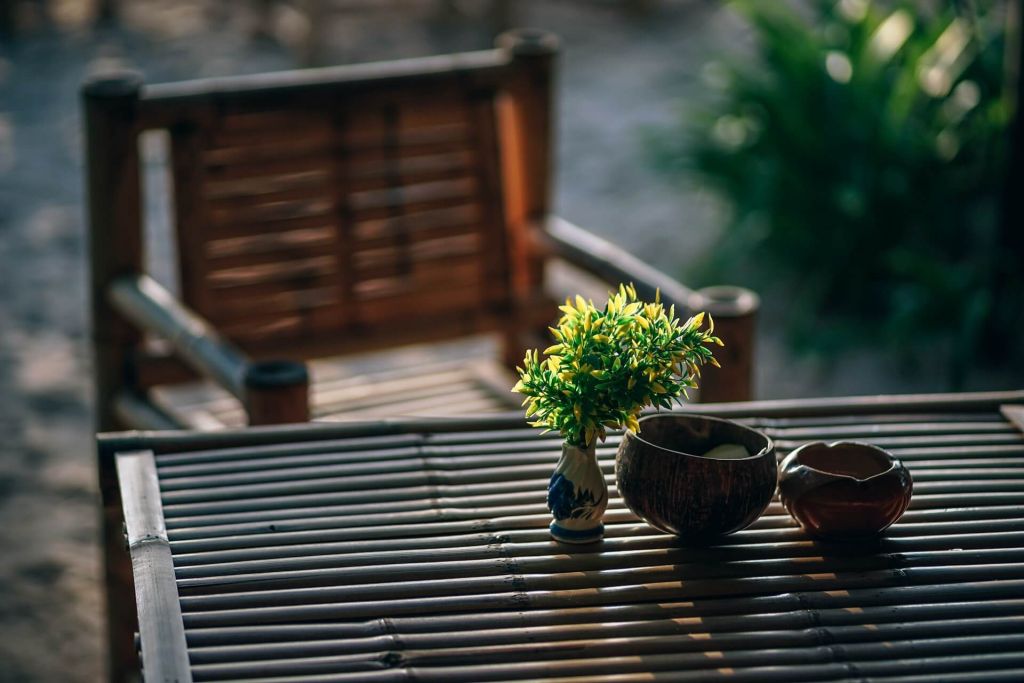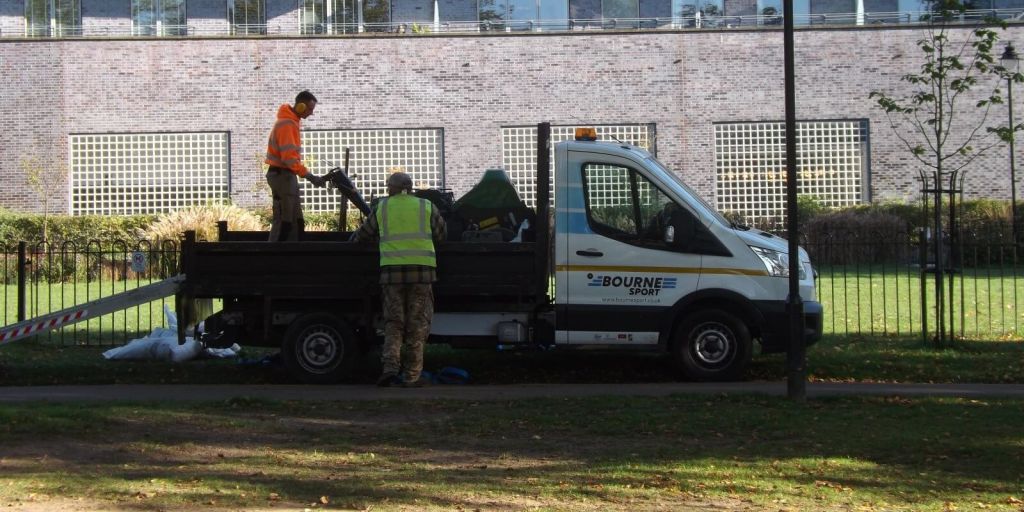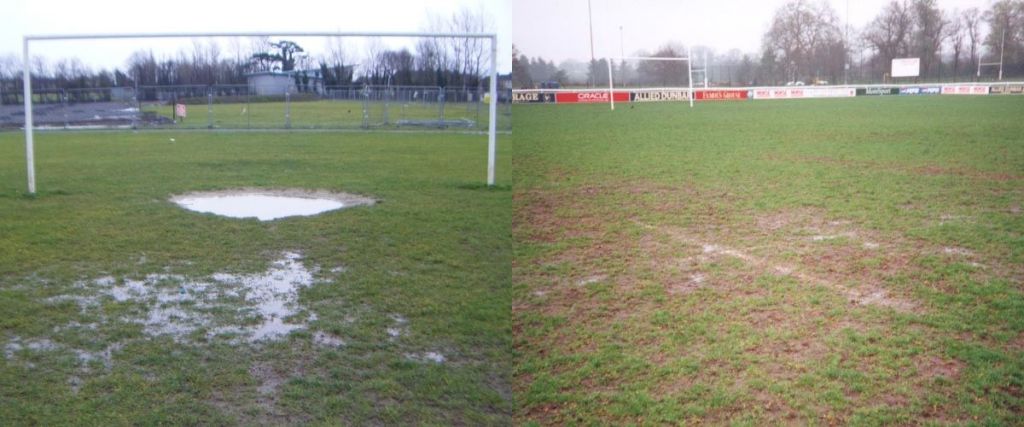The Garden furniture guide

We've finally reached what is arguably one of the best times of the year - Bank Holiday season. Over the coming weeks we've got some lovely extra days to play with, and if the weather is feeling kind, we might be afforded some time in the garden, too.
Whether entertaining or relaxing, having some suitable garden furniture is a must. And, just like plants in your garden, your furniture will need a little TLC from time to time. From cleaning to painting and prepping to making, we take a look at how to get your garden furniture ready for the season ahead.
Cleaning rattan furniture
Rattan furniture is the ever popular choice for many gardeners. It's a wicker-style weave that's durable, stylish and pretty low maintenance. Unlike wicker, which can split and rot when exposed to the elements, rattan garden furniture tends to be made of synthetic materials, making it much more hard-wearing.
It's easy to clean, and doesn't need doing that often - after you take it out from storage and before it goes away again you'll want to give it a clean, plus maybe a couple of times over the season if you notice it looking a little grubby.
To give your rattan a refresh, you don't need any fancy tools. A bucket of warm soapy water, a hard brush and a vacuum cleaner is pretty much the extent of your toolkit.
Give the furniture a vacuum off first to get rid of any petals, leaves or cobwebs. Then, get the soapy water on there and work it into the crevices with the brush,, allowing it to soak in for a few minutes.
Rinse off with the garden hose or a bucket of water, and then leave to dry before popping the cushions back on.
Making pallet furniture
It's a trend that's been around for a long time now, and shows no signs of going anywhere. DIY pallet furniture is a cost effective way to create your own garden furniture, and it gives a rustic look once done.
You can make anything from an individual chair or bench to a corner sofa and coffee table. The choice is yours!
There are lots of video tutorials online showing you how to make specific items, but the key things you'll need, no-matter what piece of furniture you're creating, are: pallets, a sander, screws and a drill, a wood preserver and then a paint if you're looking for your furniture to be a particular colour.
The last couple of years have seen a huge demand for garden furniture, and lack of availability has meant the trend for DIY creations has grown exponentially. Pallet furniture is an excellent option if you need something created quickly, but if you put in the prep and look after it, your furniture could last years.
Restoring wooden furniture
Wooden garden furniture looks great and is generally hardwearing and durable, but it needs some upkeep. Benches, tables and sun loungers are all exposed to the elements, and as we know, the British weather can be unpredictable and unforgiving at times.
The level of restoring you'll need to do will depend on the material of your furniture. Softwood such as pine isn't so hardwearing, whereas hardwood like teak can go for years with little intervention needed.
For pine and other softwood furniture, your main objective will be aesthetic upkeep because it tends to deteriorate quicker. So, sand it down and then add wood stain to keep it looking smart. Use a wood preservative for extra protection - if you soak table or chair legs in it overnight, it will penetrate the wood and soak up through the legs. In the morning, just wipe it off, then leave the furniture to dry before using.
For furniture made of hardwood, it'll go a pretty long time before it needs any TLC, but if it's looking a bit worse for wear then grab some sandpaper and work on getting it back to looking fresh by smoothing any rough patches. Once you're done sanding, apply a teak oil and your furniture will be good as new.
Revitalising plastic furniture
Plastic furniture can start to look dull after a while, but it’s easy to clean and restore. Soda crystals dissolved in hot water will do the job of lifting off stubborn stains - leave them to soak on for a few hours for best results. Or, invest in a pressure washer and blast your furniture to give it a really good, thorough clean.
Removing rust from metal furniture
If you’ve had your mental furniture for a while, then the chances are that after several years of being exposed to the elements, it may have begun to show signs of rust. Moisture and humid weather contribute to the rust, so it’s best to tackle it before the weather gets too warm.
For an easy homemade fix, just get some white vinegar and soak the affected area. Then, wipe down.
If you’re looking to restore the paintwork of your metal furniture, use a wire brush to treat the rust first, then remove any flaky paint before repainting




 This is a sneak preview of an e-mail flyer that will be going out all over SE England on Friday, aimed at groundskeepers at football and rugby clubs, parks and local councils.
This is a sneak preview of an e-mail flyer that will be going out all over SE England on Friday, aimed at groundskeepers at football and rugby clubs, parks and local councils.